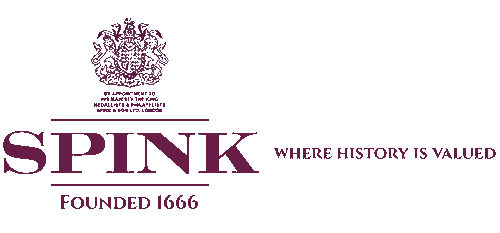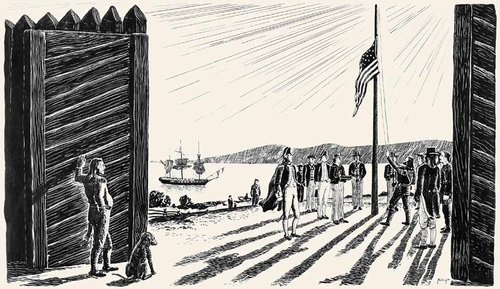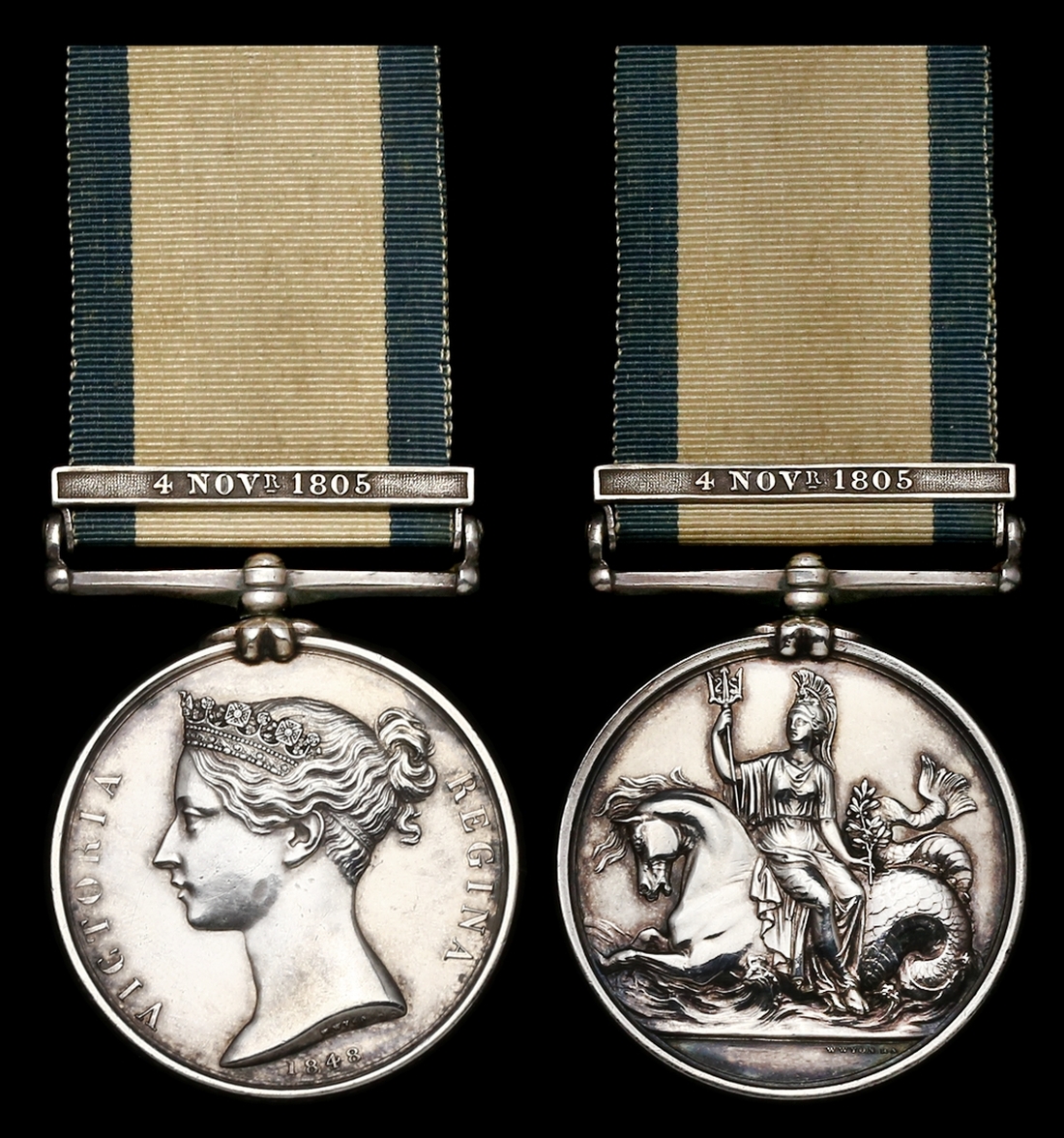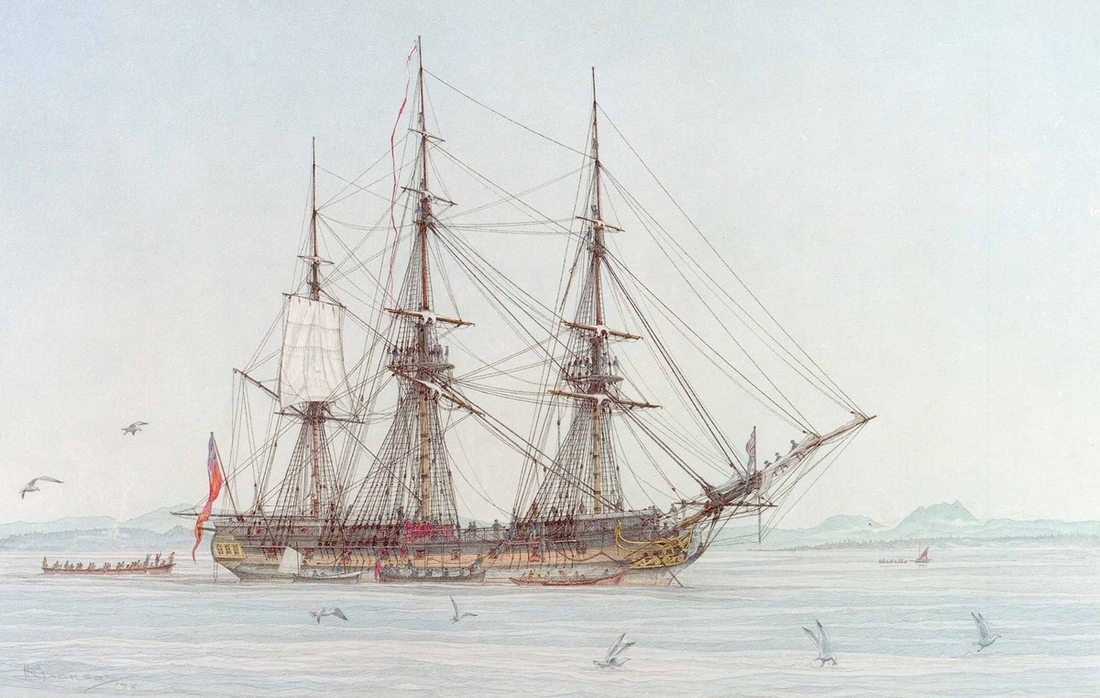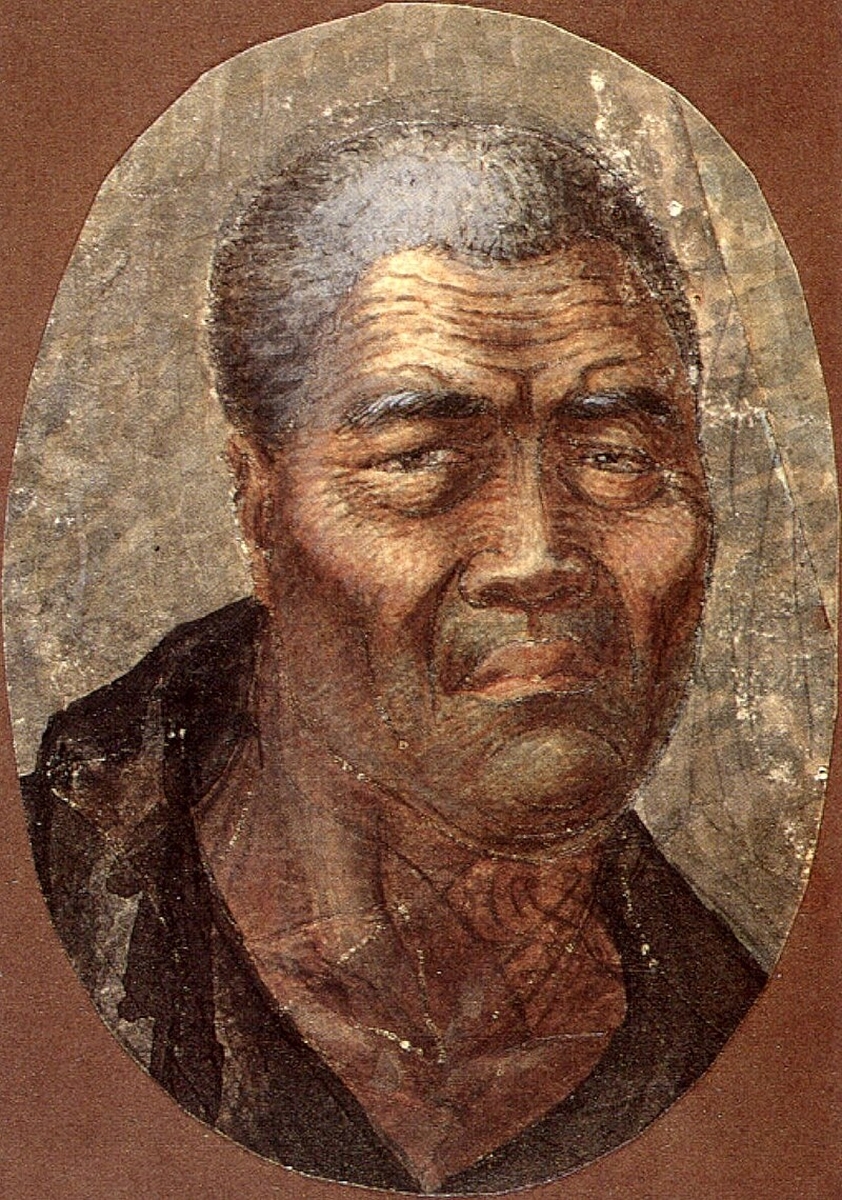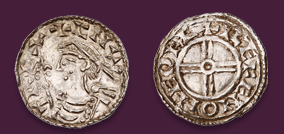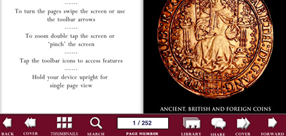Auction: 25003 - Orders, Decorations and Medals
Lot: 1
The impressive Naval General Service Medal awarded to Captain W. Black, Royal Navy, present in the Aeolus at Strachan’s action on 4 November 1805, off Ferrol, when the four French ships that escaped from Trafalgar were captured
He would see further active service during the War of 1812, when Captain of the Racoon on her famous voyage of 1813-14, capturing Fort Astoria in Oregon, before making harbour at San Francisco and then visiting Hawaii - with Black greeting King Kamehameha the Great aboard his vessel
Naval General Service 1793-1840, 1 clasp, 4 Novr. 1805 (William Black, Lieut.), with fragmentary remains of original ribbon and contained in an old case with family inscription in ink, good very fine
Just 293 '4 Novr. 1805' issued in total, with 15 clasps to Aeolus, 7 of them to Officers.
William Black served as a Lieutenant aboard H.M.S. Aeolus off the Ferrol, north coast of Galicia, Spain, on 4 November 1805, when the four French ships that escaped the Battle of Trafalgar on 21 October, were captured.
From the service history given below it would seem that he could have been eligible to claim for additional clasps for the actions of '1 June 1794' and '23 June 1795' - but these were never claimed and thus he took a single-clasped Medal.
Black entered the Royal Navy in April 1793, as an Able Seaman on board Leviathan 74, Captain Lord Hugh Seymour, in which ship we find him present at the ensuing investment of Toulon, and in Lord Howe’s action of 1 June 1794.
He next served for three years under the flag of the same officer in Sans Pareil 80, as Midshipman, Master’s Mate, and Second Master, and was with him in Lord Bridport’s action with the French fleet of Ile de Groix, 23 June 1795.
He was subsequently, for a short period in 1798-99, lent, as Acting-Lieutenant, to the Penelope 36, Captain Hon. Charles Paget, but eventually rejoined Lord Seymour, who had been nominated Commander-in-Chief in the Leeward Islands, and, on 16 August in the latter year, was appointed, in the same capacity to the Unite 38, Capt. John Beresford, under whom he witnessed the surrender of the Dutch colony of Surinam.
In March, 1800, he again became attached to Lord Seymour’s flag-ship, Prince of Wales 98, and, on 13 July, 1801, was confirmed into the Sans Pareil, into which that nobleman had shifted his flag.
Black’s subsequent appointments were from 5 April, 1803, after a short interval of half-pay, to the Prince, 98, Captain Richard Grindall, in the Channel from 3 July 1804, to the Aeolus 32, Capt. Lord William Fitzroy, under whom he fought in Sir Richard Strachan’s action, 4 November 1805 - 6 May 1806, as First Lieutenant, to the Egyptienne 40, Captain Hon. Charles Paget, with the boats of which ship under his orders he took, we are told, a letter-of-marque of greatly superior force from 28 April 1807, in a similar capacity, to the Cambrian 40, commanded by the same Captain, in which frigate he attended the expedition to Copenhagen in August and September following - and, 27 May, 1808, to the Polyphemus 64, as Flag-Lieutenant to the Rear Admiral Bartholomew Sam. Rowley, Commander-in-Chief on the Jamaica station. He also commanded the Pickle - of much fame at Trafalgar- capturing several prizes with Captain Frith.
War of 1812 - Racoon
He was promoted to the command, on 5 November 1809, of the Raccoon sloop, and was employed, for upwards of four years, in cruising, chiefly on the eastern and western coasts of South America. It was however during 1813-14, at the height of the War of 1812, that she was employed on a voyage to Fort Astoria, San Francisco and Hawaii.
Fort Astoria was the primary trading post of John Jacob Astor's Pacific Fur Company and had been established in 1811. Sat on the Columbia River, the first British vessel to survey this river was the Chatham in 1792. It fell upon Black to take the Raccoon into position, land and take possession of the Fortress for the crown. So it was that he landed on 12 December 1813, to find that the Americans had sold out to the North West Company, a Canadian fur company. Nonetheless, Black claimed the fort and lands around it. They hoisted a Union Jack over the palisades and a bottle of Madeira wine was broken on the flagpole; the station was formally renamed Fort George in honour of King George III.
Further details are provided by Oregon Encyclopaedia:
'Captain Black soon made preparations to sail for Hawaii to hunt for American ships. On December 31, when the Racoon crossed the Columbia’s treacherous bar, the ship struck its bottom twice and lost a portion of the keel. With water pouring in and men frantically working the pumps night and day, the Racoon made instead for the coast of California, arriving at the Spanish colony of San Francisco on January 14. There, with the help of the Isaac Todd, which had fortuitously appeared in the area, the Racoon was repaired and continued its activities in the Pacific.
The Racoon’s mission to the Columbia was significant beyond the fur-trading era. At the conclusion of the War of 1812, the Treaty of Ghent would require the United States and Britain to return all lands captured in the conflict. Because Captain Black had claimed the Oregon Country as a spoil of war for his king, Americans would contend that the region (whose sovereignty was perennially in dispute) should rightfully be “returned” to the United States. In 1818, the two nations agreed to joint occupancy of the territory. The boundary was eventually settled by the Oregon Treaty in 1846.'
Fully repaired in the Ayala Cove on the northern portion of Angel Island, the Raccoon Strait was named in her honour. Sailing with Naukane, a Hawaiian who had been hired from the North West Company, would serve as interpreter. The intention was to warn off any American ships which were known to winter in Hawaii and impose British interests upon the King. So it was that Black welcomed King Kamehameha I, the first ruler of Hawaii, onto the Raccoon on 18 May 1814. A five gun salute was fired and a gift of cloth, strings of beads, knives and looking glasses were presented. The vessel then had their favour and proceeded to Maui in order to take on provisions. It was an important event, for it was last that the Discovery visited the islands in 1794. Mission complete, they aimed for Lima and more orders.
In January 1815, Captain Black returned home, and was placed on half-pay, having been previously advanced to Post-rank, 7 June, 1814. He accepted retirement on 1 October 1846.
Black’s younger brother was Captain James Black, R.N.; who as a Lieutenant was wounded at Trafalgar aboard Mars; and served with distinction as Captain of Weazel in her action of 22 April 1813; He was awarded the C.B. in 1815, was a Knight of the Imperial Austrian Order of Maria Theresa, and was later promoted to K.C.B.; he died on passage from London to Leith in December 1835.
Sold together with a copy of The Voyage of the Racoon, 1958.
Subject to 20% VAT on Buyer’s Premium. For more information please view Terms and Conditions for Buyers.
Estimate
£4,000 to £6,000
Starting price
£3500
